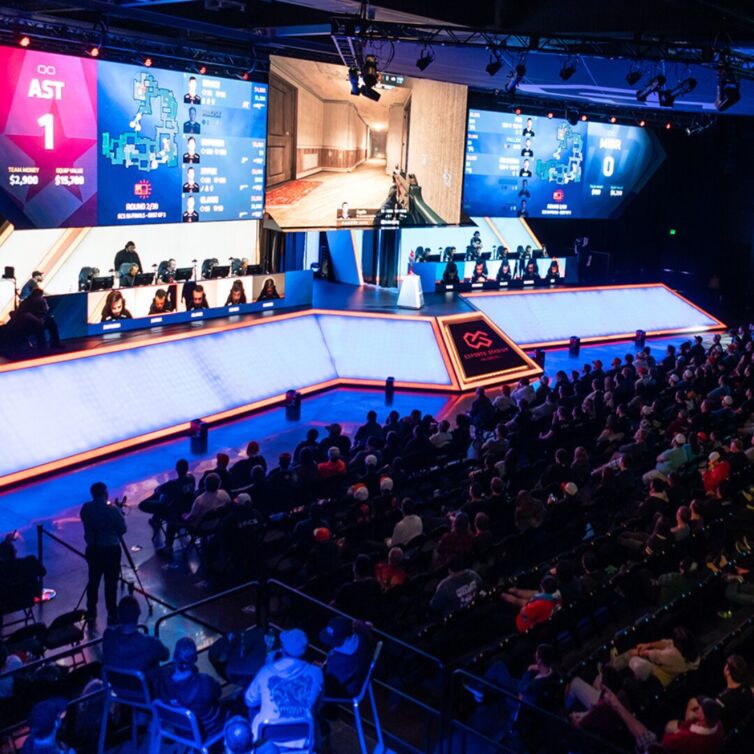Crushing Collaboration in Higher Education
Positive Student-Professor Collaboration | February 5, 2024
Higher education prepares students for the next part of their lives through social, emotional, and educational experiences. Universities are constantly improving academic offerings, class structures, and the overall objectives of the college experience.
Facility planners are incorporating spaces for students to work on assignments both independently and in a group setting outside of the classroom.
The rise of technology infused collaboration spaces has been widely successful in allowing students to develop their interpersonal communication skills while completing their work.
The National Institute of Health reports that collaboration results in greater mutual understanding of course materials and better social relationships. Additionally, the NIH writes that “empirical research has demonstrated that CL settings dramatically improve student peer support”.
Many students need help outside of class to complete their assignments and fully understand the concepts taught in class. Throughout the design process, it is important to also provide private group meeting rooms for tutoring and peer study.
While communal spaces are important, we mustn’t diminish the importance of office hours. Partaking in one-on-one discussions with professors is an unmatched source of connection – both interpersonally and with the course material.
These meeting rooms can act as a second space for tutoring, as faculty offices can be quite small and intimidating to students. Students who are comfortable and engaged in their environments are more active in their learning.
Private meeting spaces also provide access to technology that may not exist in a faculty office. Utilizing interactive screens to view course materials, assignments, and tests allows for active collaboration and continued learning.
The National Institute of Health also states that “Collaborative learning has an emotional impact and enhances learners’ academic lives by promoting communication, listening, and respect for diverse views and opinions”.
It is important to give students the opportunity to have the opportunity to partake in collaborative learning vs. cooperative learning. While the terms can be interchangeable, it is important to allow students to choose who they are working with as opposed to being assigned a group by a professor.
In an article in the International Journal of Educational Technology in Higher Education, Feifei Han & Robert A. Ellis write “Cooperative learning tends to focus on each portion of the task delegated to each individual in a group, whereas collaborative learning emphasizes more on the mutual engagement and the non-separable nature of the individual contribution to the task.”
While working to create an inclusive and successful environment for all students, collaboration spaces should be at the top of the list. Group study and collaboration has an unmatched impact on student growth, both academically and personally.






